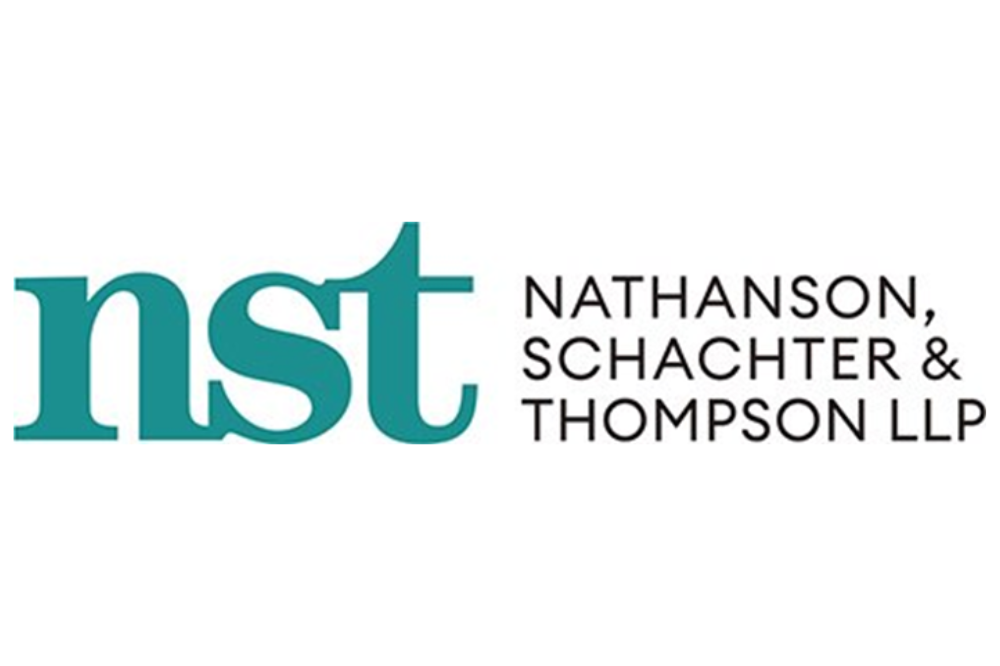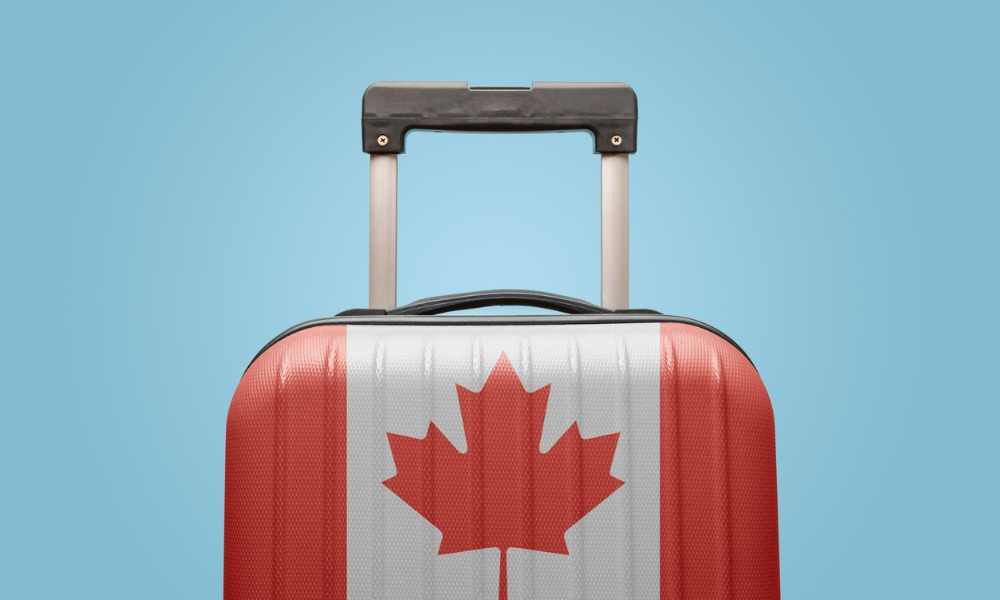Suppose a distraught elderly widow comes into your office seeking to set aside and recover a gift of her home made at the behest of her adult child. She is unhappy and a bit confused about the transfer. You ask some questions and satisfy yourself that while elderly, your client had the mental capacity to make the gift[1], she intended to make the gift[2], and her child’s conduct didn’t meet the test for undue influence[3]. Unjust enrichment won’t provide a remedy. Your mind then turns to what other remedy might be available.
If it was an improvident loan it could be set aside as unconscionable if the inequality of bargaining power between her and her child prevented her from protecting her interests.[4] The classic example of unconscionability is the little old lady pressured by her acquisitive children or the big bad bank to enter into an ill-advised secured loan transaction whereby she gives up or severely compromises the equity in her home. But what if, instead, the little old lady made an ill-advised inter vivos gift of her home to her child? Too bad unconscionability only applies to bargains not gifts—or does it?
What is unconscionable procurement?
The outer boundaries of unconscionability in Canada may extend to gifts as well as bargains. The doctrine of unconscionable procurement may provide relief from a significant voluntary transfer where the beneficiary of the transfer was actively involved in arranging the transfer and it is not established that the donor fully appreciated the effect, nature and consequence of the transfer. The specifics of the doctrine were well summarized in Fichera v. McAllister, 2021 ONSC 2685[5]:
[31] The doctrine of unconscionable procurement renders an inter vivos gift voidable; at issue is the “donor’s necessary understanding to make a transaction conscionable when it takes place in circumstances that suggest, on a prima facie basis, the contrary”: Gefen v. Gaertner, 2019 ONSC 6015, at para. 158, citing John E.S. Poyser, Capacity and Undue Influence (Toronto: Thomson Reuters Canada, 2014), at p. 571.
[32] The onus rests on the party attacking the transaction to prove, on a balance of probabilities, that it was unconscionably procured. Once the party challenging the transaction has established a significant benefit and the active involvement on the part of the person obtaining the benefit in the procurement or arrangement of the transfer, then there is a presumption that the donor of the gift did not truly understand what she was doing in making the transaction: Gefen, at para. 159. This presumption is not determinative. Both parties must adduce evidence about the donor’s understanding of what she was doing; the “issue turns on whether the donor appreciated the effect, nature and consequence of the transaction in a manner sufficient to render it fair, just and reasonable”: Gefen, at paras. 161-162, citing Poyser, at pp. 570 and 574.
Unconscionable procurement does not require proof of incapacity and while akin to undue influence it has a considerably lower threshold.[6]
A brief history of unconscionable procurement in Canadian law
Rooted in English common law[7], the doctrine of unconscionable procurement (sometimes called wrongful procurement) was recognized in Canada by the latter half of the 19th century. Kinsella v. Pask (1913), 28 OLR 893, 12 DLR 522, [1913] OJ No. 64 (CA) is an early Canadian authority on unconscionable procurement. In Kinsella, an elderly and seriously ill woman, Mrs. Kinsella, was brought to live with her daughter. The daughter and her husband set up a meeting between a solicitor and Mrs. Kinsella and remained in the meeting at all times. Mrs. Kinsella gratuitously transferred substantially all of her money to the solicitor. The daughter claimed the money was a gift to her, but the trial court accepted Mrs. Kinsella’s evidence that the funds were only given to the solicitor for safekeeping. On appeal, the court affirmed the trial judgment but also noted in obiter that the case would be decided the same way even if a gift was made out, on the basis of the following principle set out at para. 28:[8]
In every case where a person, to his own advantage, but to the prejudice of the giver, obtains by donation some substantial benefit, he is bound to prove clearly, not only that the gift was made, but that it was the voluntary, deliberate, well-understood act of the donor, and that the donor was capable of fully appreciating and did fully appreciate its effect, nature, and consequence.
The doctrine then effectively languished until the last decade, when it has received renewed recognition.[9]
The recent revival of unconscionable procurement
The doctrine reappeared in Wasylynuk v. Bouma, 2018 ABQB 159, aff’d 2019 ABCA 234, leave to appeal denied 2020 CanLII 1842 (SCC) albeit the trial judge found it did not apply in light of his findings relating to the donor’s voluntariness, deliberateness, and the presence of both independent legal advice and capacity assessments.
The revival continued in Gefen v. Gaertner, 2019 ONSC 6015 [Gefen v. Gaertner (SC)], where Justice Kimmel vitiated a gift as an unconscionable procurement, where a wealthy mother transferred assets accumulated with her deceased husband to only one of her three sons and that son’s daughter. In setting out the applicable principles, Justice Kimmel relied almost exclusively on John Poyser’s text, Capacity and Undue Influence, 1st ed (Toronto: Carswell, 2014)[10], with only brief reference to case authorities. Justice Kimmel held that the doctrine is engaged where the wealth transfer is “significant or improvident”, but the proportional threshold may be less important where the procurer’s conduct was “improper”.[11] No specific threshold of significance is identified. Justice Kimmel also determined that standing to advance the claim is not limited to the donor or their estate; a third party with a sufficient interest has standing to advance the claim.[12] A contingent interest in the estate of the donor is sufficient to confer standing.[13]
The trend continued in British Columbia, where an allegation of unconscionable procurement was raised in a petition for appointment of a committee and relied upon in obiter in a decision dealing with a voluntary transfer of a property by a functionally blind woman in her eighties to her younger friend and his wife.[14]
There also followed a flurry of case comments and a few subsequent Ontario decisions relying on the principles set out therein.[15]
Will the revival of the doctrine prove to be unconscionable?
More recently, questions have arisen about the revival of unconscionable procurement. In confirming the trial decision in Gefen v. Gaertner, the Ontario Court of Appeal telegraphed uncertainty as to whether the doctrine of unconscionable procurement even exists. After noting that none of the parties had challenged or argued the validity of the doctrine, the court determined “not … to address the merits of any such doctrine and whether grounds to attack transactions beyond such traditional grounds as undue influence and incapacity should be endorsed”, and cautioned that “this decision should not be taken as approval or rejection of unconscionable procurement being part of the law of Ontario”.[16] The court also expressly did not decide the question of standing to advance the claim.[17] No subsequent Ontario case appears to have found it necessary to decide the issue.[18]
The most recent word in British Columbia is from Justice Betton in Sandwell v. Sayers, 2022 BCSC 605. At issue was the transfer of an interest in property from an elderly father to his daughter. The court found on the facts that even if unconscionable procurement was good law in BC, it was not made out on the facts. After reviewing the general history of the doctrine and the significance of Mr. Poyser’s text in its renewal in Canadian law, Justice Betton queried whether the doctrine is good law in BC and expressed “real doubt about the place of the doctrine … in British Columbia law” but expressly left open the question.[19] Justice Betton cautioned that, at a minimum, limits should be imposed on the doctrine, with particular emphasis on the parameters for “active involvement”, the necessary evidence in respect of a donor’s understanding, and the relationship to the law of resulting trusts.[20]
One lawyer’s view
Unconscionable procurement will likely be further litigated given that Canada has a significant population entering their later years. The doctrine has some appeal, but the devil is in the details. If the donor had sufficient capacity and was not unduly influenced, in what circumstances should the gift still be voidable? Some of these questions and concerns were raised by Justice Betton in Sandwell v. Sayers, but there are many remaining to be teased out.
For example, should there be some sort of minimum value threshold before the gift can be attacked on this basis? The earlier cases dealt with gifts of all or substantially all of the donor’s property, but more recent cases have softened the threshold to one of significance (see Gefen v. Gaertner (SC)) and even that lesser threshold appears to be at risk of erosion.[21]
Should the donor’s acquisitive children (or other potential objects of the donor’s generosity and bounty upon death) be able to challenge gifts during the donor’s lifetime? There is wisdom to the recognition in Gefen v. Gaertner (SC) that standing for alternative beneficiaries of the donor’s property may be practically necessary to ensure the doctrine has teeth, since the notion is that the doctrine protects those who are – at least to a degree – vulnerable. At the same time, however, a lower threshold for unconscionable procurement, combined with the prospect for broader standing, may result in a glut of litigation.
As well, without proper clarification of its boundaries the doctrine could invite decisions resembling palm tree justice. The courts deal with equitable remedies engaging questions of fairness all the time, of course, and there is some parallel between unconscionability (in the contractual context) and the doctrine of unconscionable procurement. But the risk does seem real where the courts have to deal with gifts made by a person of full capacity and in the absence of undue influence.
The idea of reversing an unconscionable gift on the basis of something less than undue influence has re-emerged in modern Canadian law. BC and Ontario’s courts have not yet provided substantive guidance but may – as they often do – take divergent paths. Appellate courts often prefer to let such matters be debated at the trial level before weighing in, but this may be an area where earlier appellate intervention is warranted. In any event, a substantive treatment from one or more courts of appeal can be expected at some point. For now, lawyers and others involved in gift transactions should: (1) be aware that the doctrine of unconscionable procurement has been applied in Canada, (2) be aware that there is uncertainty around whether the doctrine exists in Canadian law and, if so, what its parameters should be, and (3) keep an eye out for subsequent developments.
***

Emily L. Hansen is both a fierce adversary and a careful advisor. Her particular aptitude for efficiently absorbing and reasoning through challenging facts and legal issues, and her strong advocacy skills, support a general commercial litigation practice focussing on contractual and other business disputes. She has appeared before the Supreme Court and Court of Appeal for British Columbia and the Provincial Court, and has assisted with matters before the Supreme Court of British Columbia and the Court of Appeal for British Columbia.
[1] Nova Scotia Trust Co. v. Corkum, 31 DLR (2d) 27, [1961] NSJ No 31 at paras. 58-59 (NS SC (AD)), Lagoski v Shano, 232 OAC 21, [2007] OJ No 5348 at para. 45 (Ct J (DC)).
[2] Pecore v. Pecore, 2007 SCC 17; Waters, D W M, Lionel D Smith & Mark E Gillen. Waters' law of trusts in Canada, 4th ed (Toronto, ON: Carswell, 2012) at 372.
[3] Undue influence may void a gift where the donor’s mind was overborn or coerced such that the act was not their own: Longmuir v. Holland, 2000 BCCA 538 at paras. 71, 75 (per Southin JA). For gifts or bequests, a presumption of undue influence arises where the relationship between donor and donee has a potential for domination, and may be rebutted by evidence the donor acted as a result of their own full, free and informed thought: Geffen v. Goodman Estate, [1991] 2 SCR 353, 1991 CanLII 69.
[4] Uber Technologies Inc. v. Heller, 2020 SCC 16 at paras. 65, 74.
[5] See also Gefen v. Gaertner, 2019 ONSC 6015 at paras. 158-171 [Gefen (SC)], Sandwell v. Sayers, 2022 BCSC 605 at paras. 30-32.
[6] Gefen (SC) at para. 159.
[7] Cooke v. LaMotte, (1851) 15 Beav. 234, 51 ER 527, is commonly cited.
[8] See also the statements at paras. 27, 30-33. Statements in other early cases are to similar effect; see, e.g., McPhail v. Maloney, 1937 CarswellOnt 119, [1937] OJ No. 106 (HCJ).
[9] Though John Poyser recently identified Loesner Estate v. Loesner, 47 DLR (3d) 317, [1974] MJ No. 170 (QB) as such an example in a blog post (“‘What is Old is New’ Attacking Gift Transaction in Mantioba [sic] – Unconscionable Procurement Good Law”, (29 April 2022), online: WEL Partners Blog <https://welpartners.com/blog/2022/04/what-is-old-is-new-attacking-gift-transactions-in-mantioba-unconscionable-procurement-good-law/>), it is not entirely clear that this was indeed a case dealing with the doctrine of unconscionable procurement, rather than classic undue influence.
[10] Now in its second edition published in 2019.
[11] at para. 171.
[12] at para. 166.
[13] at para. 168.
[14] See, respectively, Klop (Re), 2021 BCSC 644 and Pinsonneault v. Courtney, 2022 BCSC 120. The analysis in Pinsonneault is open to some question, as there is an analytical disconnect between the basis for the finding of resulting trust and the supplemental finding of unconscionable procurement.
[15] See Fichera v. McAllister, 2021 ONSC 2685 and O’Meara v. Miller, 2021 ONSC 5919.
[16] at para. 61.
[17] at para. 63. An application for leave to appeal to the Supreme Court of Canada was filed 2 June 2022, but no leave decision has yet been published.
[18] The Court of Appeal’s comments were noted in Waters Estate v Henry, 2022 ONSC 5485 at paras. 148-149, but the court found it unnecessary to resolve the status of the doctrine to rule on the interlocutory relief sought in the motion.
[19] at paras. 46, 49, 50, 61.
[20] at paras. 46, 53, 55-60.
[21] The “significance” threshold is referenced in Gefen v. Gaertner (SC). The risk of erosion is most obvious in Pinsonneault v. Courtney, where the property was only worth $150,000, though the comments in O’Meara v. Miller that a series of transfers totaling some thousands of dollars would not meet the threshold do provide a lower boundary (see para. 69).





